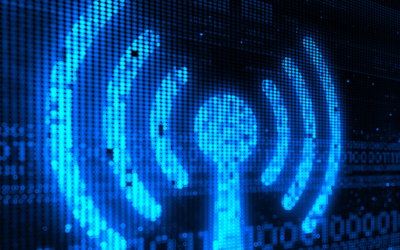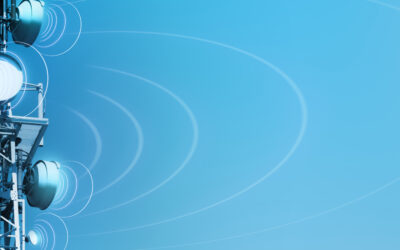Exposure to 5G? Is it Harmful?

There has been a lot of press lately regarding fears of adverse effects from exposure to 5G energy. There are a few things to bear in mind. 5G operates on a number of different frequencies within your phone, including many frequencies we are presently using with 4G service and some new ones as well. The phone will decide which frequency to use for a particular call or download, depending on how close the phone is to a base station, the number of users at the same time, and the size of the data required to service what you are doing. The new frequencies are or will be in the 24-86 GHz range, much higher than the highest used now in 4G (the highest is around 8 GHz now).
The human body is constantly exposed to non-ionizing electromagnetic energy (radiation) from a great number of sources throughout the day. FM signals, TV signals, microwave ovens, your cell phone, your home router, your garage door opener, your keyless remote on your car, to name but a few. In fact, you radiate this type of energy! Infrared energy is also part of this spectrum. Throughout the Radio Frequency (RF) part of the non-ionizing electromagnetic energy spectrum (0 Hz to around 300 GHz), there have been thousands of human, cell, tissue, and animal tests conducted to see if there is a cause and effect relationship between exposure to RF energy and adverse biological effects. These studies have included 5G frequencies as well since they have been used for decades in radar systems and are currently being used by TSA in airport screening. And, yes, the dose of energy you get from passing through such a screening device is significantly greater than that you would get from a 5G cell phone.
The only documented, scientific, repeatable effect of exposure to RF energy has been a rise in body temperature at significantly high doses, at specific frequencies and over a significant amount of time with continuous exposure. Those studies have identified FM and VHF television signals as the ones we absorb most readily, due to the relationship between the length of those waves and the length of the human body. The new 5G wavelengths are around the thickness of a leaf, which means they won’t penetrate the body more than skin depth. The FCC regulates how much RF energy we can be exposed to, and it is based on the heating effect I mentioned earlier. They have determined the dose of RF energy needed to create the minimum adverse heating effect (about 2 degrees F) at each frequency and have added a safety factor of 50 to that number so that there could be no chance of that effect happening to the public. And companies have to prove to the FCC that their devices, even operated at the highest power output (signal) level would meet those exposure requirements.
It is important to note that at very high levels of low-frequency RF energy (such as our 60 Hz electrical system in the U.S.), shocks can occur. Similarly, exposure to very high levels of high-frequency RF energy can cause local burns. However, very few untrained people (public) would ever be in the vicinity of this level of energy.
Kyle and I are members of the International Committee on Electromagnetic Safety, an adjunct of the Institute for Electronics and Electrical Engineers. It is our job to review all credible scientific studies related to the biological effects of exposure to RF energy and to develop safety standards based on those studies. To that end, we have developed the latest standards in IEEE C95.1-2019, which have just been published. In that document, we refer to all studies to date, including ones that were rejected on the grounds of bad scientific method, so you can see how we derived the exposure guidelines for different frequencies. These guidelines are the same as those adopted by the FCC, OSHA and are very similar to ones adopted by the Europeans (ICNIRP) and Canada (Safety Code 6).
In closing, please be careful of “studies” that appear on the internet, but have never appeared in a peer-reviewed journal. Many so-called scientists are out there claiming adverse effects of 5G in hopes that they will make a name for themselves (and money) by preying on people’s fear of things they cannot see, touch or feel. While nobody can ever truly prove a negative in science, based on credible research today (as well as thousands of studies over the last 40 years), exposure to 5G signals will likely have no adverse effect on the majority of the public and workers operating in the vicinity of 5G emitters.
For individuals and companies that are concerned about RF safety, we have sophisticated probes and meters that can measure the amount of RF energy in any location. We can determine whether or not an area complies with the allowable RF exposure limits and provide suggestions as to how to effectively reduce RF exposure in any areas of concern.
If you have any follow-up questions, we would be happy to answer them.
Recent Posts
- The Impact of Radio Frequency Radiation on Everyday Living
- RF Safety: The Silent Protector of Wireless Communication
- How RF Signal Generators Drive Effective Testing Practices
- How Radio Frequency (RF) Testing Enhances Connectivity and Reliability
- The Importance of RF Education in Today’s Tech Landscape






